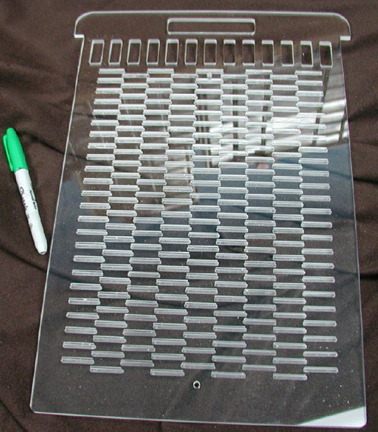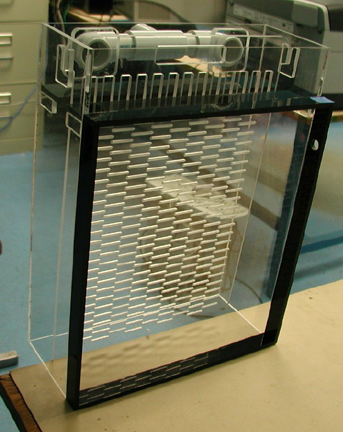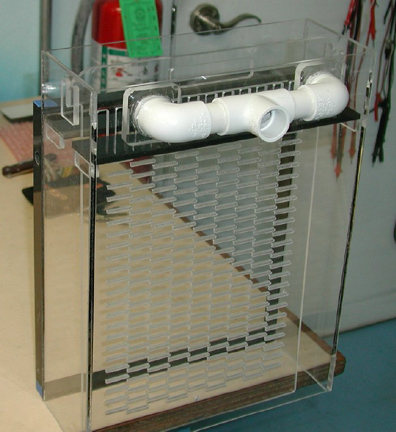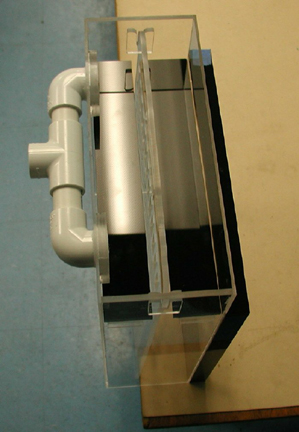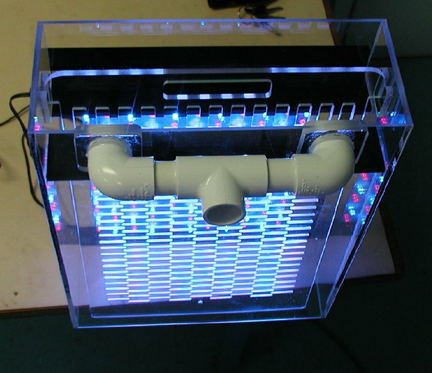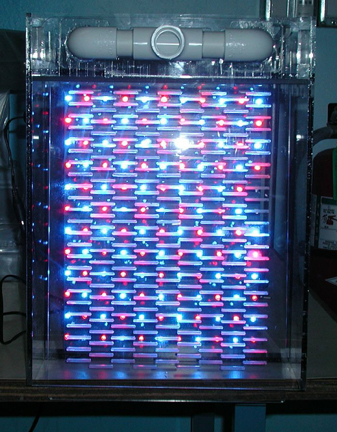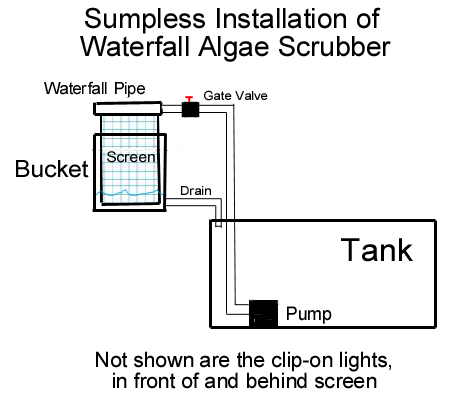Part 4 of 7:
Taken from "The Food of Reefs, Part 4: Zooplankton" by Eric Borneman
http://www.reefkeeping.com/issues/2002-12/eb/index.php
[Note: "Zooplankton" are tiny animals (food) floating in the water]
"Copepods comprise by far the largest fraction of total zooplankton - more than all the other groups combined.
"Zooxanthellate corals (many diverse species) could survive "indefinitely" if provided with adequate zooplankton, even if totally deprived of light. In contrast, corals provided light and deprived of zooplankton did not survive.
"One of the greatest myths among reefkeepers is that "SPS" corals depend mostly on light, and require less food than "LPS" corals. This is entirely untrue. As an example, consider the data from [pic not shown]. This graph shows the capture rate of an equivalent biomass of two corals, the large-polyped Montastraea cavernosa and the very small-polyped Madracis mirabilis. For those unfamiliar with Madracis, it is related to and somewhat resembles Pocillopora and Stylophora. The capture rate of the small polyped coral was 36 times greater than the large-polyped coral! Furthermore, M. cavernosa has been shown in other studies to be a voracious zooplanktivore.
"Many other studies confirm the predatory [feeding] abilities and requirements of "SPS" corals. It should not be surprising, given the fast growth rate and fecundity of many small polyped species. In other words, more growth and reproduction requires more energy, especially nitrogen for tissue growth. The difference, if one exists between "SPS" and "LPS" corals, lies primarily in the size of the food captured. Most of the prey of small polyped corals may just be too small to see. Aquarists have a tendency to be strongly visual, and so if gross observations don't indicate that a coral is consuming food offered to it, they wrongfully assume the coral must not need to be fed.
"Some species rely more on zooplankton than others, and if anything, the "SPS" corals feed on zooplankton a lot. In fact, most corals show linear feeding saturation dynamics under all but extremely high particle concentrations. What this means is that corals have a hard time "getting full." They continue to capture prey, and do not get satiated until prey densities become so great that such levels are almost never possible. To put it another way, even if you were to pour a pound of food per day into an average sized reef aquarium, the corals would still "be hungry."
"In a September 2002 coral reef conference in Cambridge, several papers were presented that should give an idea of not only the very latest information, but also emphasize what is written above.
"Many years ago, one of the only [food studies] for a coral was done for what might be considered the ultimate shallow-water "SPS" coral, Acropora palmata (Bythell 1988, 1990). The study showed, basically, that 70% of this coral's nitrogen needs were met by feeding, and that 91% of its carbon needs were met by light. [In 2002] three more corals, the larger polyped Montastraea cavernosa, M. annularis and Menadrina meandrites [were studied, and the researchers found] zooplankton to provide 20-80 times the carbon and 112-460 times the nitrogen previously shown for Acropora palmata. Finally [in 2002, researchers studied] the role of zooplankton consumption on the metabolism of the small-polyped coral, Stylophora pistillata under 3 different conditions of light (80, 200, 300 µmoles m-2 s-1) and 2 feeding regimes (Artemia and natural plankton). They found that regardless of light, fed corals had higher chlorophyll-A concentrations, higher protein levels, and had photosynthesis rates 2-10 times higher than those deprived of food. This group also measured calcification rates, both in the dark and in light, and found that calcification, as is well known to be the case, is enhanced by light. However, for the first time it was shown that feeding results in calcification rates 50-75% higher than in control corals (not fed). It was also found that feeding does not affect the light-enhancement process of photosynthesis on calcification. To make these results completely understandable, if corals can feed on zooplankton, they will calcify 50-75% faster irrespective of light levels provided.
"Of all the many things that can potentially increase respiration, photosynthesis, and calcification -- and have been shown again and again to do so absolutely -- feeding and water flow are the major players. Light, of course, is critically important as well, but aquarists by and large can and do provide enough quantity and quality of light for corals. Period. Phytoplankton, while a very beneficial addition to aquaria, does not feed most corals (Borneman 2002). Something as significant as zooplankton to both coral and coral reefs would seem worthy of the highest efforts in trying to produce, add, grow, substitute or in some way provide to tanks. I cannot think of a single greater accomplishment and advance for aquarists than to provide by whatever means (higher export and higher input, larger refugia, purchase, plankton tow, culture, etc.) significantly greater levels of zooplankton or zooplankton substitutes to their corals. I hope I am being dramatic enough by writing this, for this is among the most important steps that must be made to realize the majority of those lofty goals and ideals that are so often stated and desired by those keeping corals in aquariums.
[Skimmers remove zooplankton; Scrubbers add zooplankton]
.
